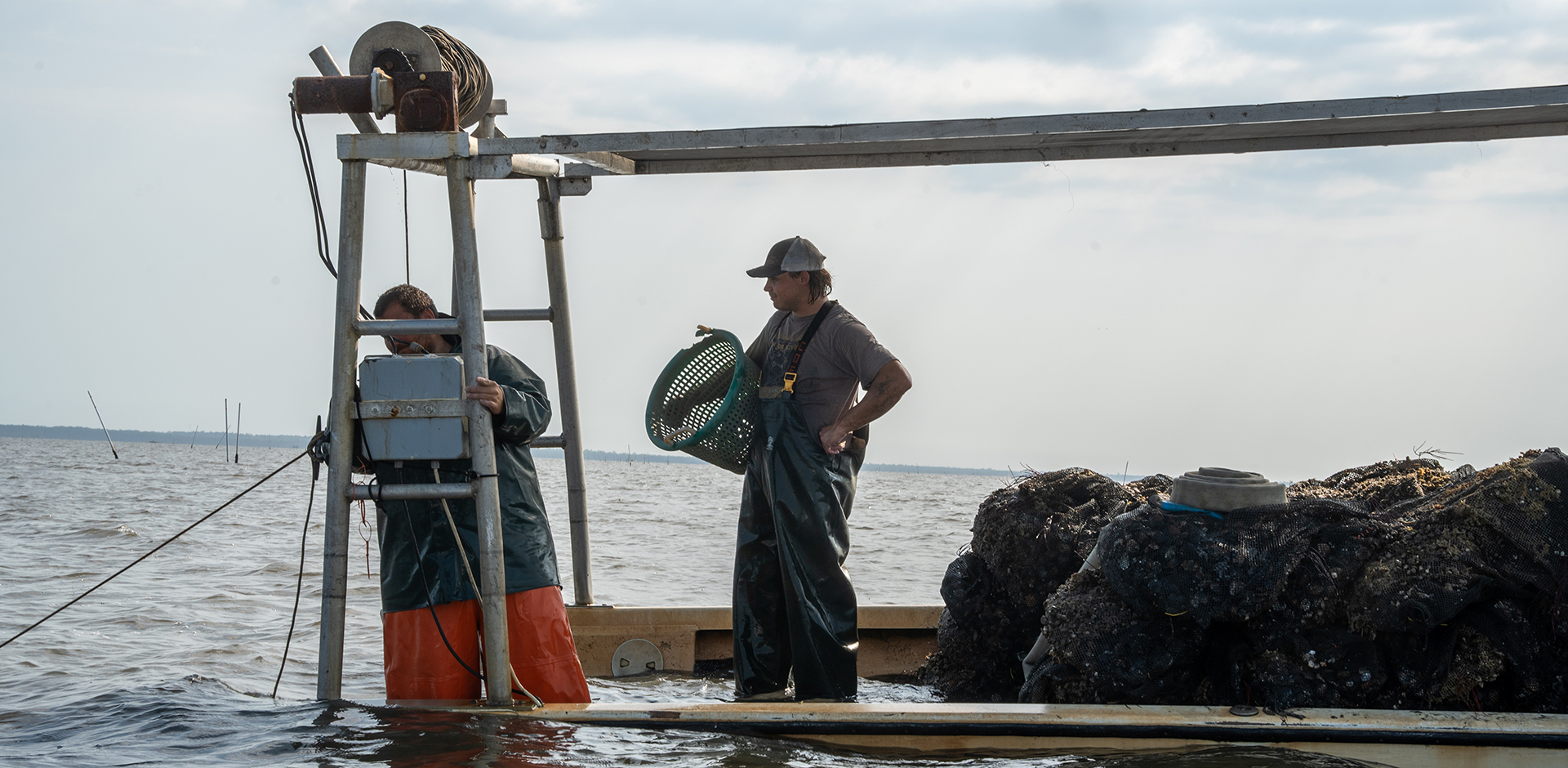 PI: Dr. Sherry Larkin, Florida Sea Grant
PI: Dr. Sherry Larkin, Florida Sea Grant
Recap: The Seagrass Consortium Coordinator position and associated project benefit from an advisory committee comprised of participating programs and partners that meets annually to provide input on project end-user needs, program development, and guidance/feedback.
Relevance: Due to continued population growth and corresponding increased development and nutrient pollution from urban and agricultural sources, Florida is experiencing significant negative impacts on coastal and estuarine water quality. These impacts – often visible as changes in overall water condition – result in widespread ecological and economic impacts. Perhaps one of the most notable symptoms is the increased frequency and severity of harmful algal blooms, which can result in an ecosystem shift from benthic to pelagic primary production. When high densities of algae shade seagrasses for extended periods, these ecosystems become impaired and can eventually collapse. Seagrass communities provide a foundation for healthy ecological function throughout Florida’s estuaries, and the loss of these habitats can have catastrophic environmental and economic implications. Restoration of lost seagrasses provides an additional method to enhance estuarine health and there is potential that benefits are compounded when done in conjunction with the restoration of filter-feeding bivalves.
Response: The Florida Bivalve and Seagrass Restoration Consortium project created a partnership position between Sea Grant and the Florida Department of Environmental Protection. To address the widespread problem of declining estuarine health, there is a groundswell of demand for ecosystem restoration projects. Academic and agency researchers, resource managers, industry practitioners, and environmental non-governmental organizations and non-profits are responding to this need by instituting restoration projects to repatriate seagrasses to areas where they have been in decline. Multiple projects are also incorporating the large-scale deployment of bivalve shellfish. As the demand for restoration projects increases, so does the need for science-based guidance that will standardize and optimize approaches, provide mechanisms to evaluate progress, and maximize support for efforts that have the highest potential for success.
Although all efforts to improve the ecological function of nearshore seagrass-bivalve habitats have merit, standardized mechanisms do not exist to determine the efficacy of such projects or even recommend best practices for maximizing project success in Florida. Ultimately, all investors would more fully benefit from current and planned projects through the establishment of a common set of experimental procedures and evaluation methods; that is, through the development of a science-based experimental plan that provides the best restoration practices.
Supplemental Information:
About The Project Coordinator
Justina Dacey
In Justina’s role with Florida Sea Grant, she leads efforts to engage a network of experts in identifying key research priorities for bivalve and seagrass restoration. This initiative aims to facilitate the replication of research across multiple regions, ensuring consistent and comparable data that inform the ecological benefits of bivalve-seagrass ecosystems.
Network:
Partners:
Participating Program Director (AC):
- Dr. Sherry Larkin, Florida Sea Grant
Participating Programs (AC):
PROJECT LEAD: Florida Sea Grant
PROJECT PARTNERS: Florida Department of Environmental Protection (DEP)
The Bivalve and Seagrass Consortium Coordinator position and associated project benefit from an advisory committee comprised of participating programs and partners that meets annually to provide input on project end-user needs, program development, and guidance/feedback.